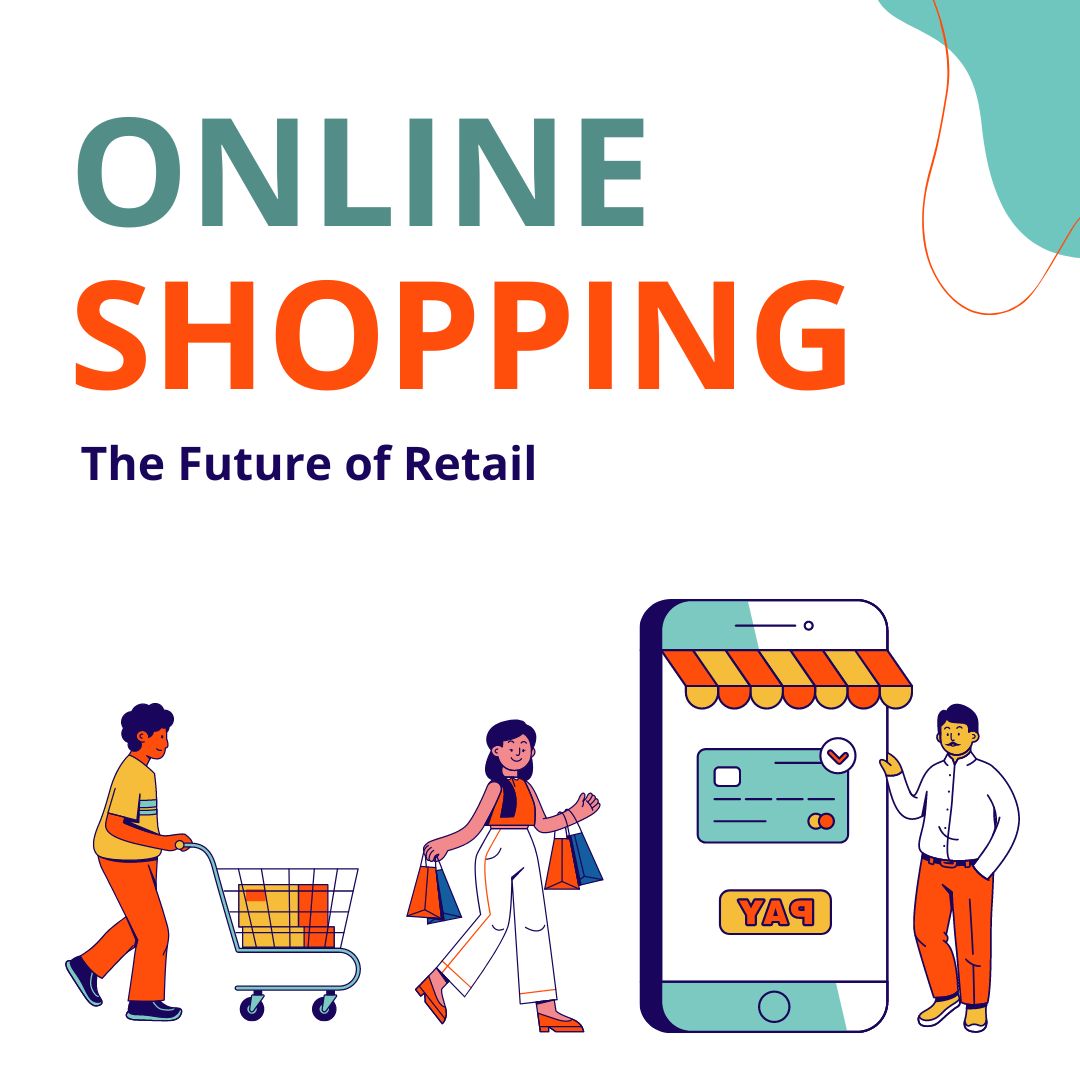The rise of technology has revolutionized the way we shop. Online shopping has become a popular trend, with more and more people opting to shop from the comfort of their own homes. Online shopping offers numerous benefits, such as convenience, a wider range of products, and the ability to compare prices from various retailers. This article will explore the topic of online shopping, including its history, benefits, and potential drawbacks.
The history of online shopping dates back to the early days of the internet, with the first online retail transaction taking place in the early 1990s. At the time, the internet was in its infancy and the concept of shopping online was considered a novelty. Fast forward to the present day, and online shopping has become an integral part of our daily lives. According to recent statistics, online retail sales are expected to reach $4.9 trillion by 2021, with the majority of consumers choosing to shop online.
One of the main benefits of online shopping is convenience. With online shopping, there is no need to leave your home, find a parking spot, or wait in long lines at the checkout. You can easily shop from your computer or mobile device, anytime, anywhere. Additionally, online shopping allows you to compare prices from various retailers, so you can find the best deals. Furthermore, with online shopping, you can easily search for products, read reviews from other customers, and make informed decisions about your purchases.
Another benefit of online shopping is the wider range of products available. Online retailers are not limited by physical store space, so they can offer a wider range of products. This means you can find items that may not be available in your local stores. Furthermore, online shopping allows you to shop from retailers located in other countries, providing access to an even wider range of products.
Online shopping also offers greater flexibility when it comes to payment options. Most online retailers accept a range of payment methods, including credit cards, PayPal, and bank transfers. This allows you to choose the payment method that is most convenient for you. Furthermore, online shopping often offers the option to save your payment information, making it easier and faster to make future purchases.
However, there are also some potential drawbacks to online shopping. One of the main concerns is security. When shopping online, it is important to take steps to protect your personal and financial information. This includes only shopping from reputable retailers, using secure payment methods, and being cautious of scams and phishing attempts. Additionally, some people are wary of online shopping because they are unable to physically see or touch the products they are purchasing.
Another potential drawback of online shopping is the delivery time. Although online shopping allows you to purchase products from the comfort of your own home, you still need to wait for the items to be delivered. This can take several days, or even weeks, depending on the retailer and your location. Additionally, there is a risk that the items may be damaged during transit, or may not be what you were expecting.
Finally, online shopping can be addictive. With the ability to shop from the comfort of your own home, it can be easy to get caught up in the thrill of finding the perfect item. Additionally, with so many retailers offering sales and discounts, it can be tempting to overspend. This is why it is important to set a budget for your online shopping and to be mindful of your spending habits.
In conclusion, online shopping is a popular trend that offers numerous benefits, including convenience, a wider range of products, and greater flexibility when it comes to payment options. However, there are also potential drawbacks to consider, including security concerns, delivery time, and the risk of addiction. Despite these potential drawbacks, the trend of online shopping
Online shopping has been growing in popularity in recent years and is seen by many as the future of retail. It offers consumers the convenience of shopping from anywhere, at any time, and the ability to easily compare products and prices from multiple retailers. Additionally, online shopping has created new opportunities for businesses to reach a wider audience and offer personalized shopping experiences through the use of technology. However, traditional brick-and-mortar retail is still relevant and serves a purpose in many communities, especially for experiences and goods that cannot be replicated online. It is likely that both online and physical retail will continue to coexist in the future, each serving its own unique purpose.
